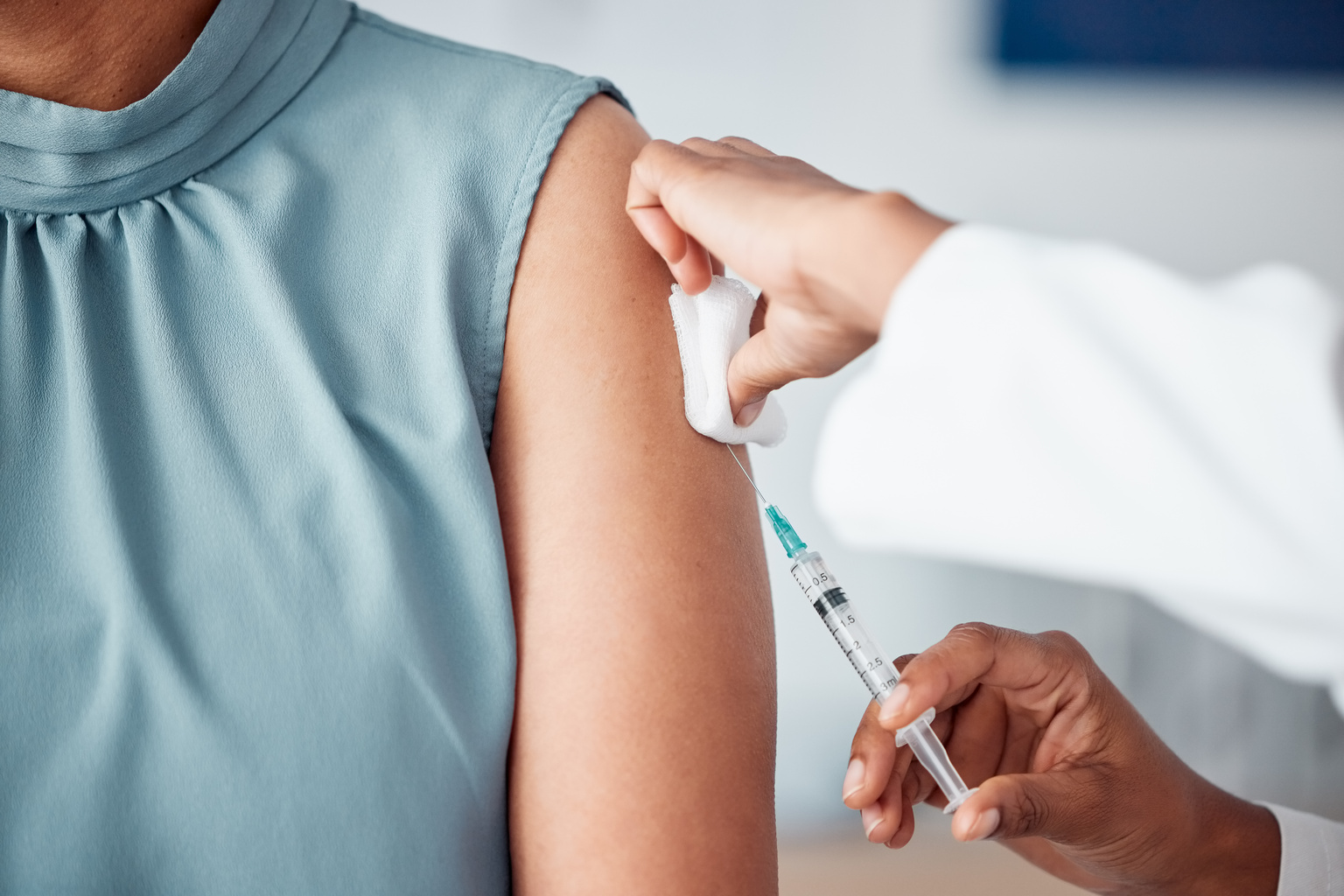As cancer shows up in younger populations, payer care management teams should leverage the untapped potential of digital engagement strategies to improve outcomes.
Cancer prevention took a major blow early in the COVID-19 pandemic, largely because of decreased screening. Cancers with higher survival rates saw a 50% drop in diagnoses in April of 2020 while those with lower survival rates, like pancreatic and lung, saw new diagnoses fall by about 20% and 40% respectively. By July, diagnoses of all types except prostate had returned to expected levels, but there are still 10 million people in the US alone who missed screenings and need to catch up.
As cancer rates rise in some surprising new populations, payer care managers have become increasingly critical players in promoting cancer prevention and employing digital engagement strategies to improve access to screenings and get patients on track to better health.
The shifting role of health plans in cancer prevention
The role of payer care managers has only become more important as cancer appears with more frequency in younger populations. Effective care management is critical to cancer prevention, early detection, and efficient planning and integration of access to care. Payers are tapping into advanced digital engagement strategies, personalized outreach, and working to understand new and emerging trends in cancer diagnosis.
Critical cancer prevention statistics
To make a meaningful impact on cancer screening rates and prevention, care managers will first need to understand how trends have shifted since the COVID-19 pandemic.
Rates are rising in younger populations
The Journal of the American Medical Association reports that between 2010 and 2019, rates of cancer diagnoses have been rising for people under 50. The most significant increase was in gastrointestinal cancers, including colon cancer and cancer of the appendix, which increased 15%.
These shifts have led to calls for awareness of cancer prevention and early detection in people as young as 20.




